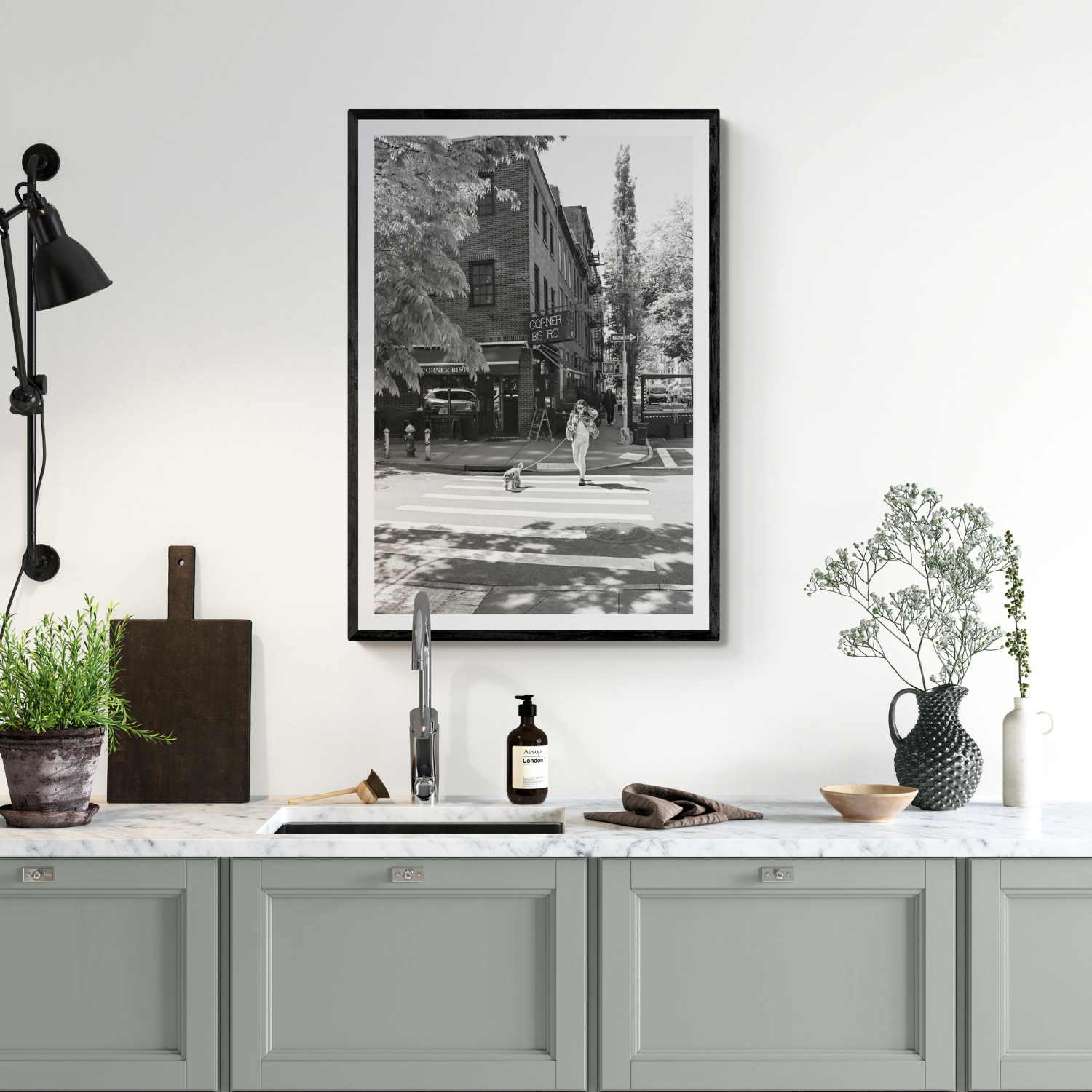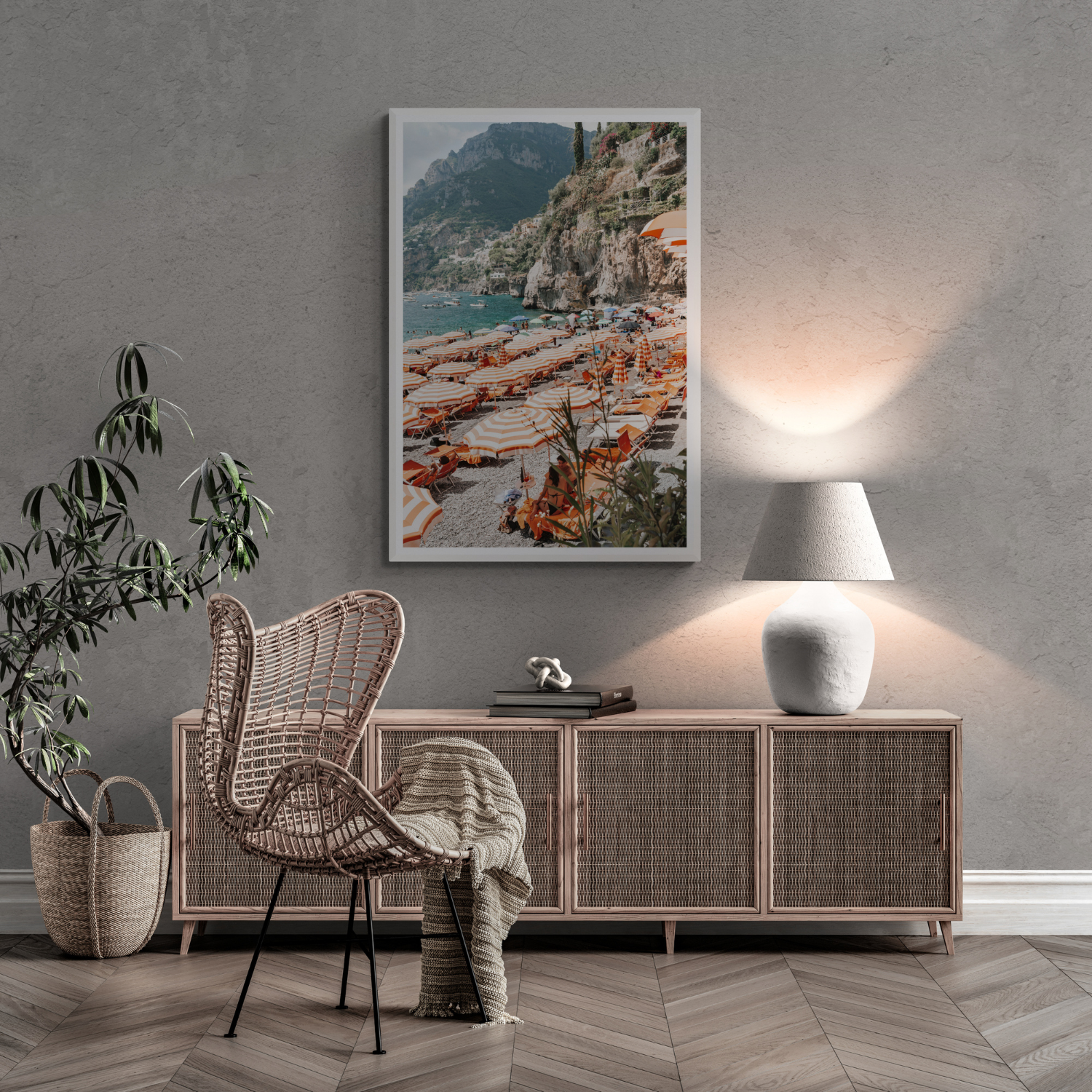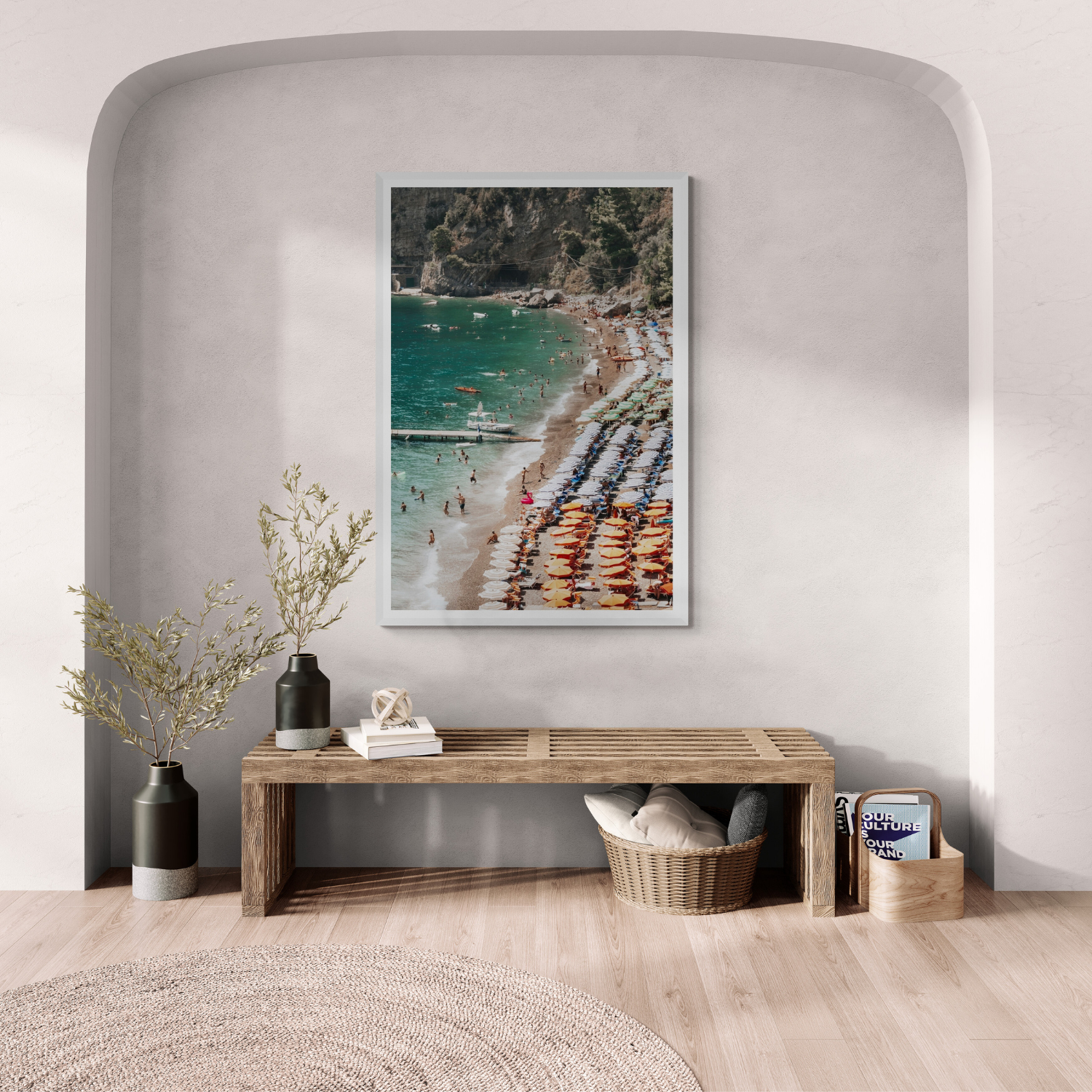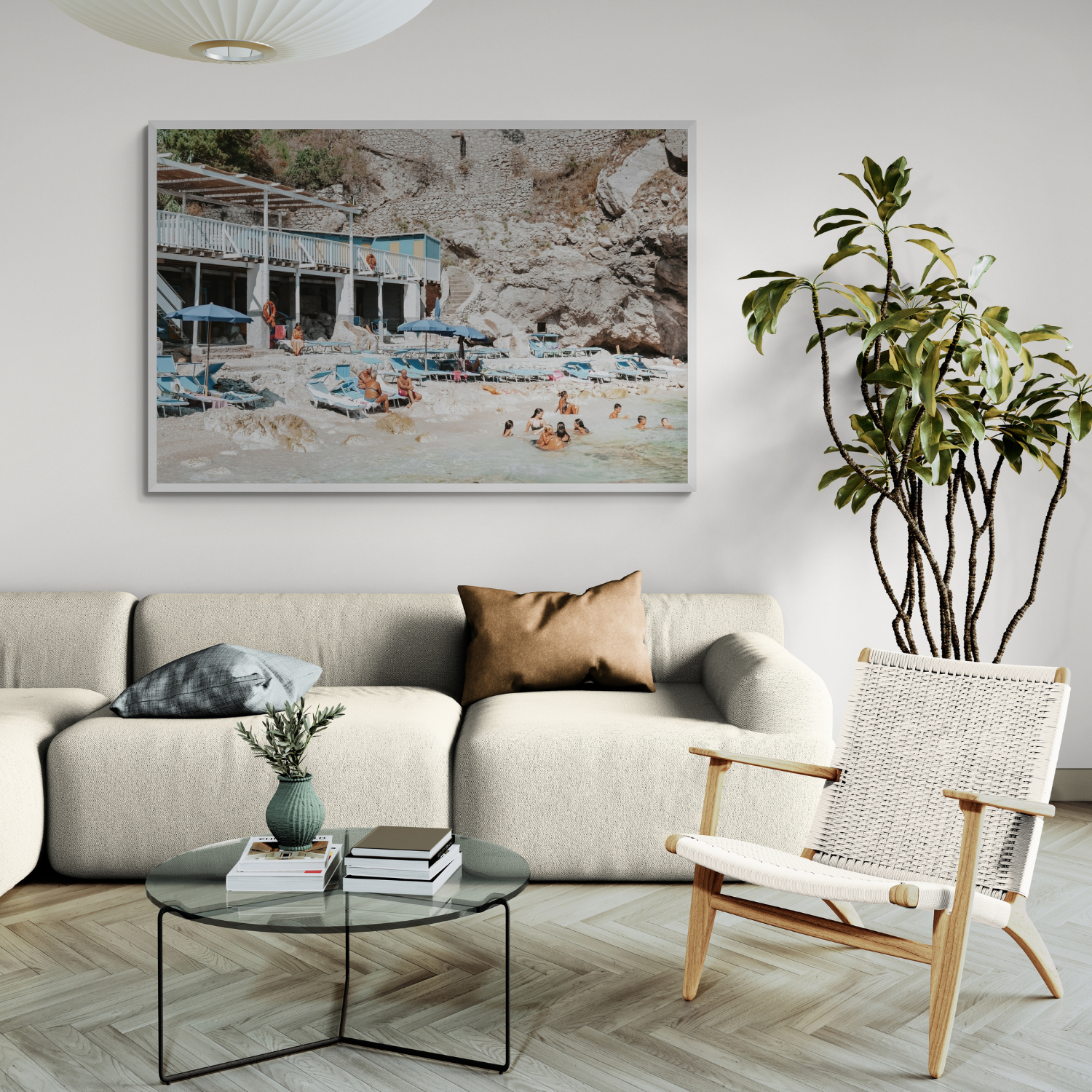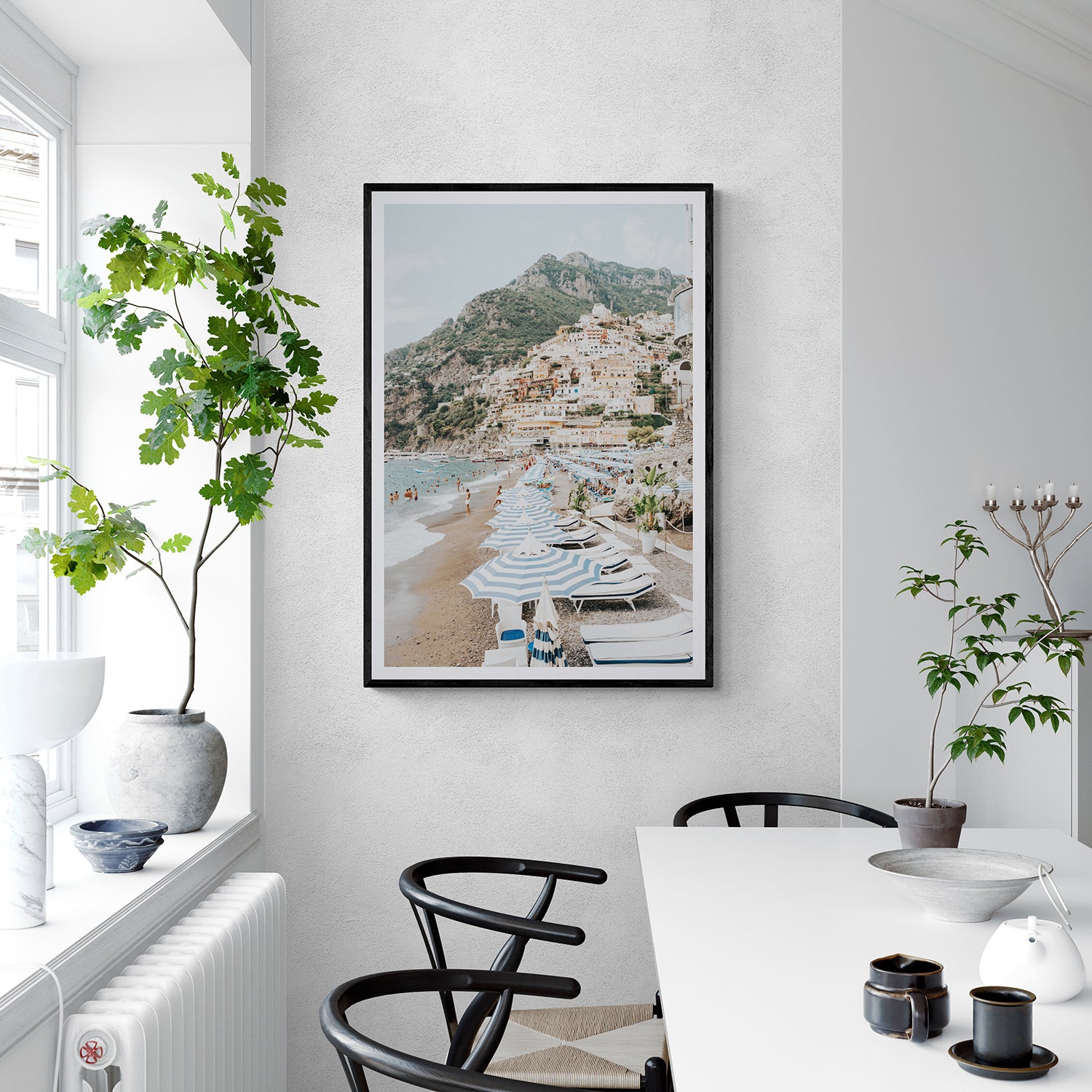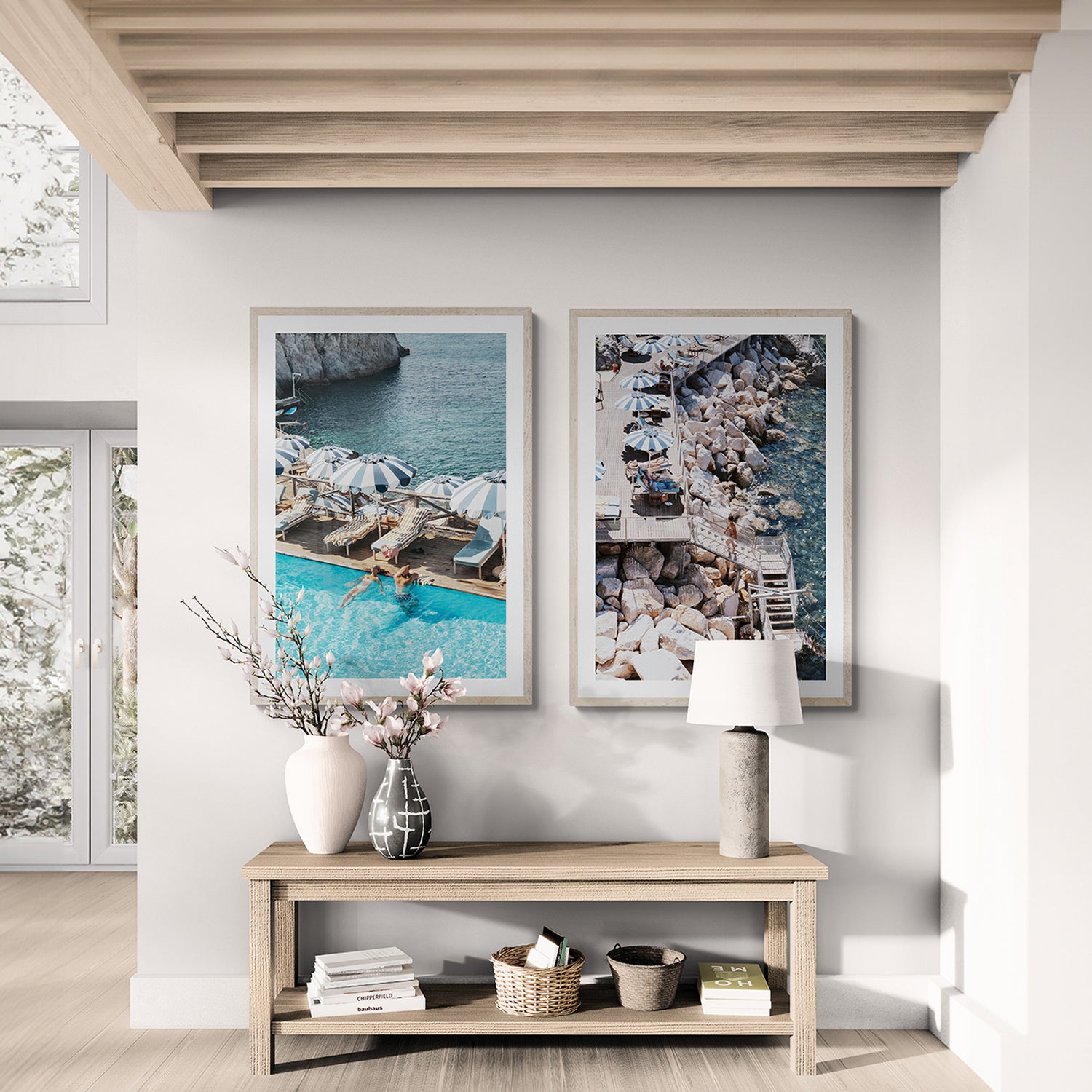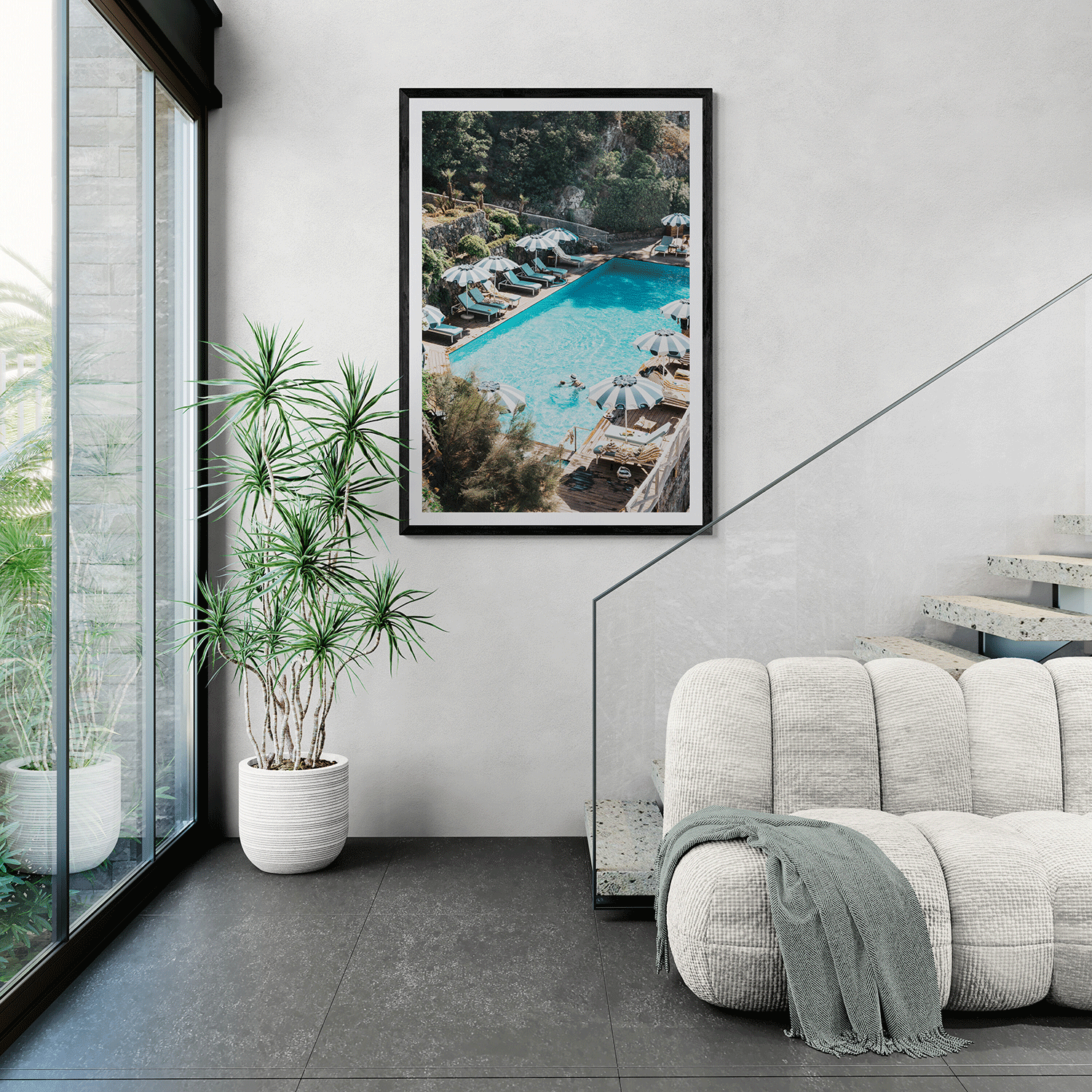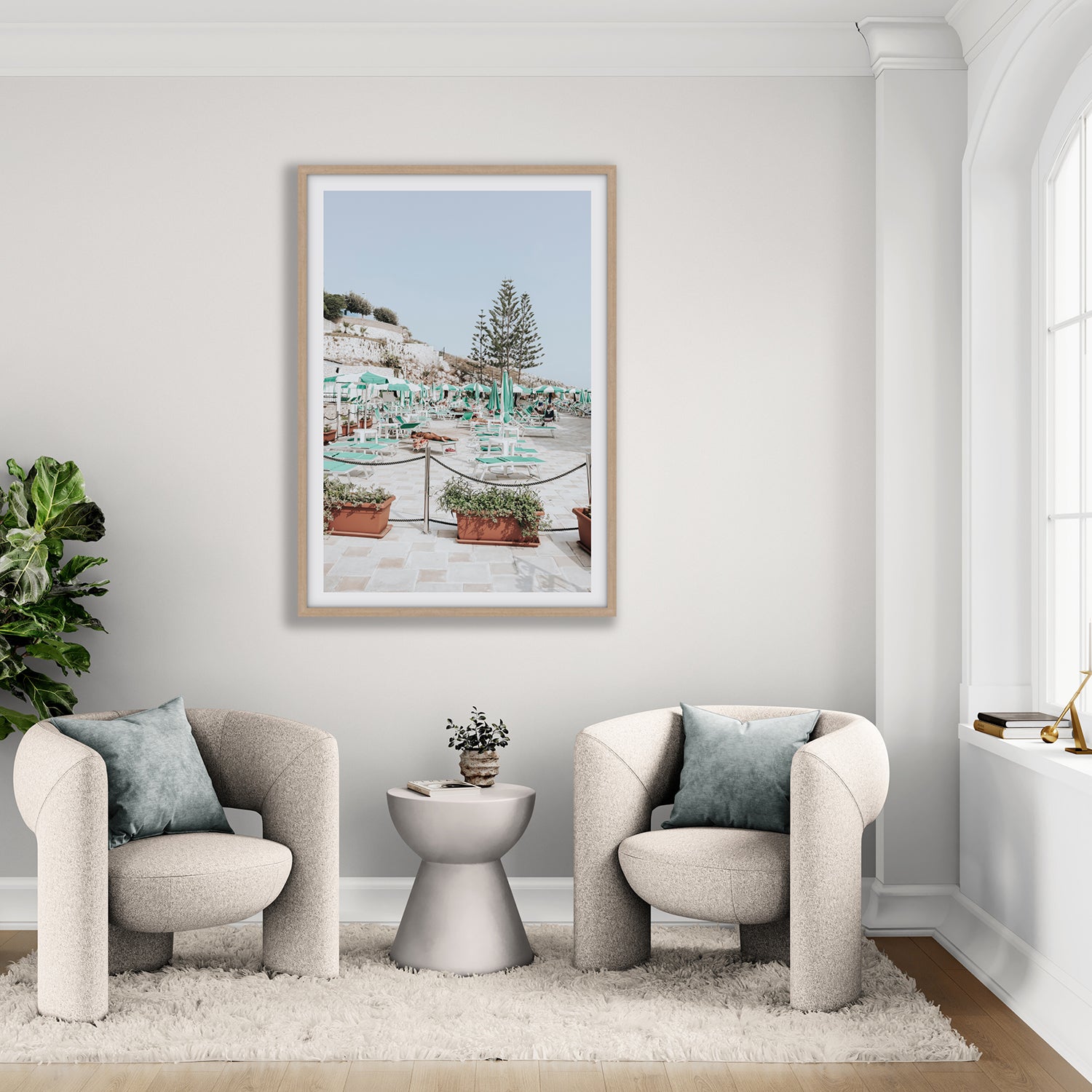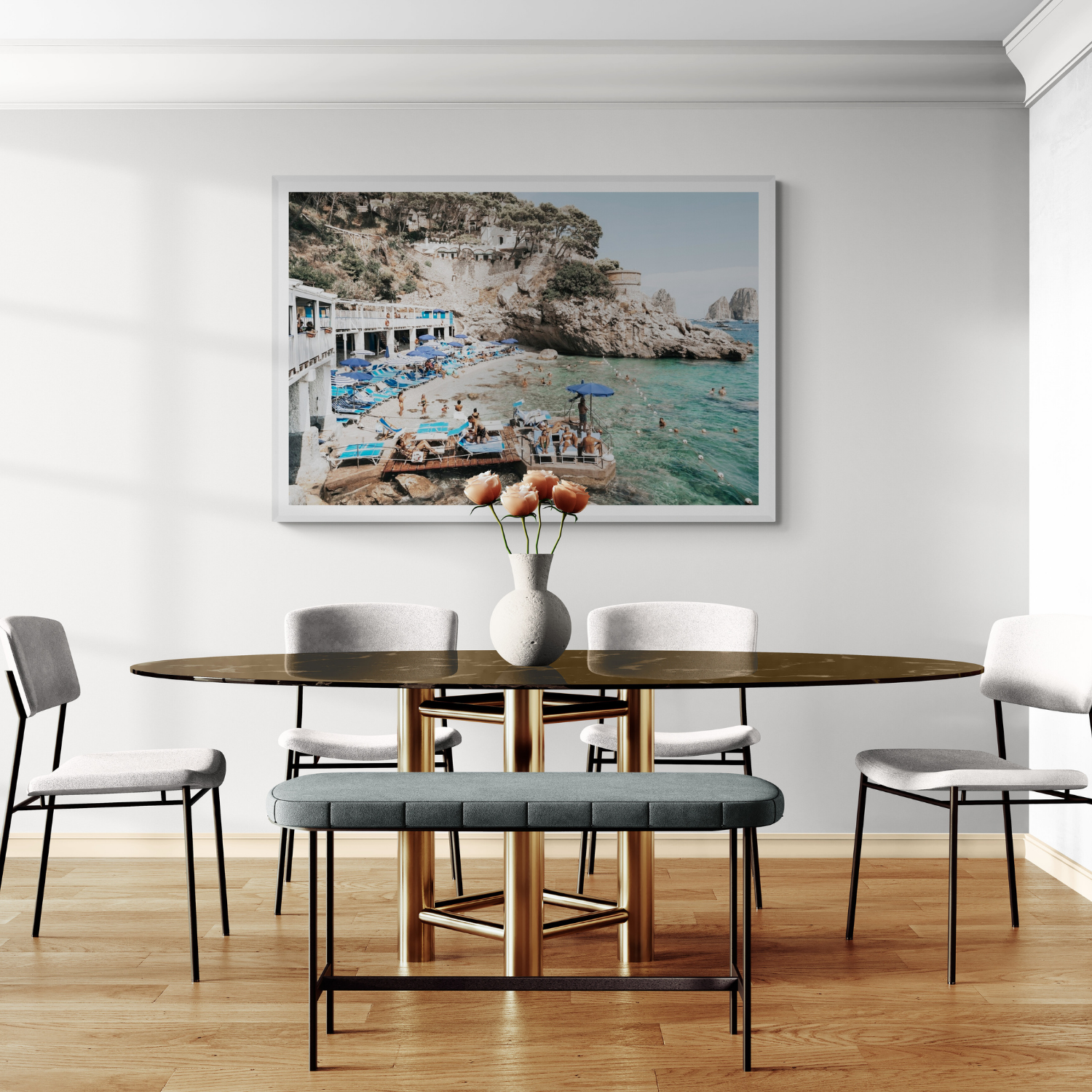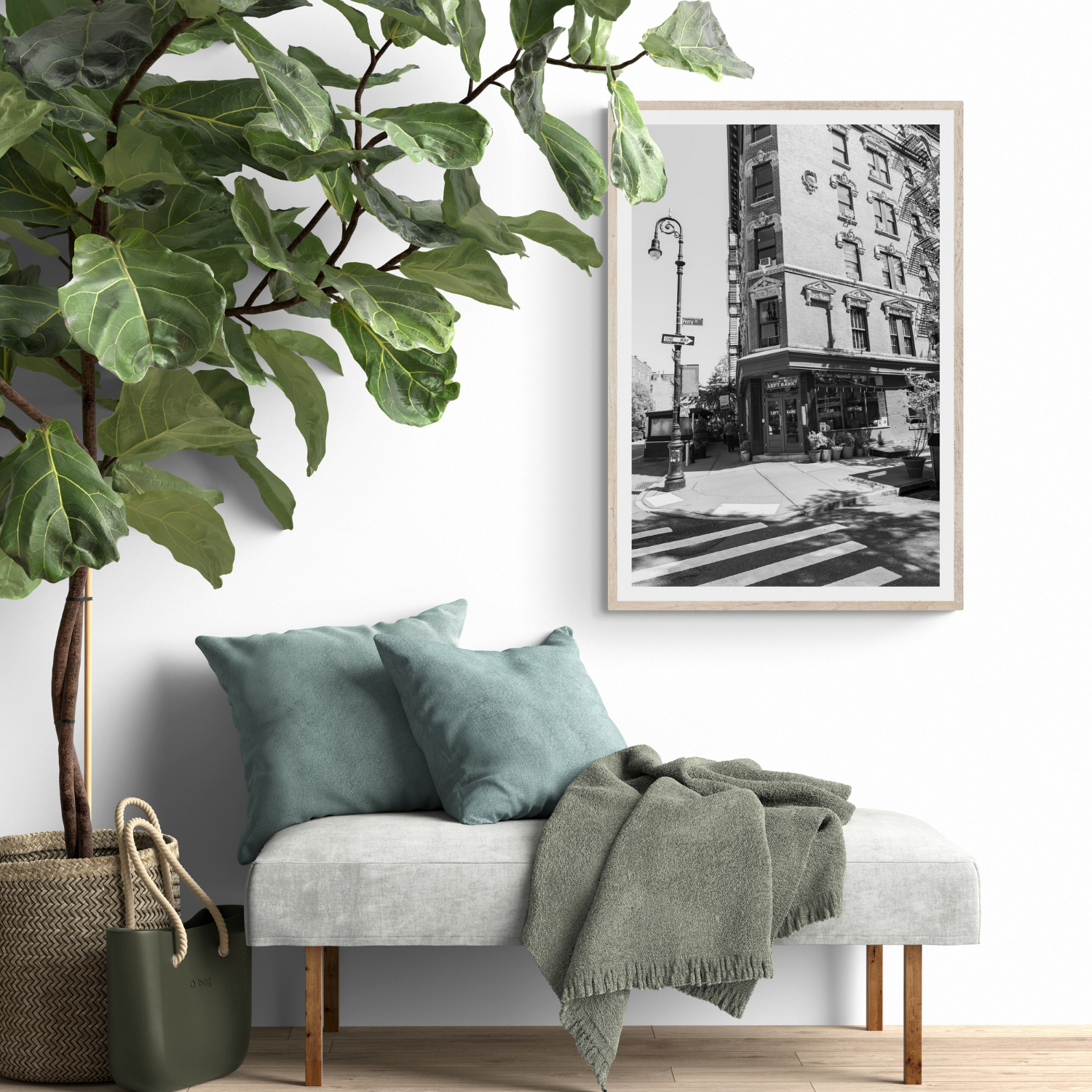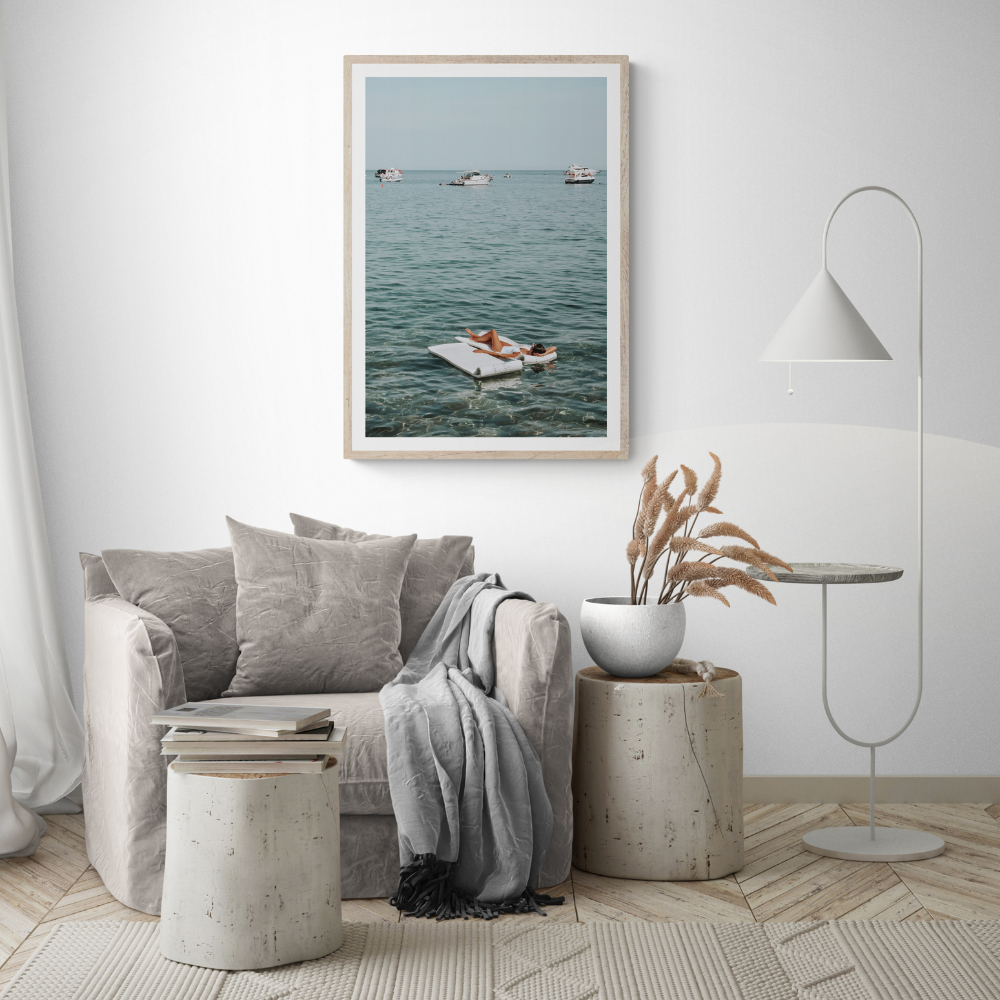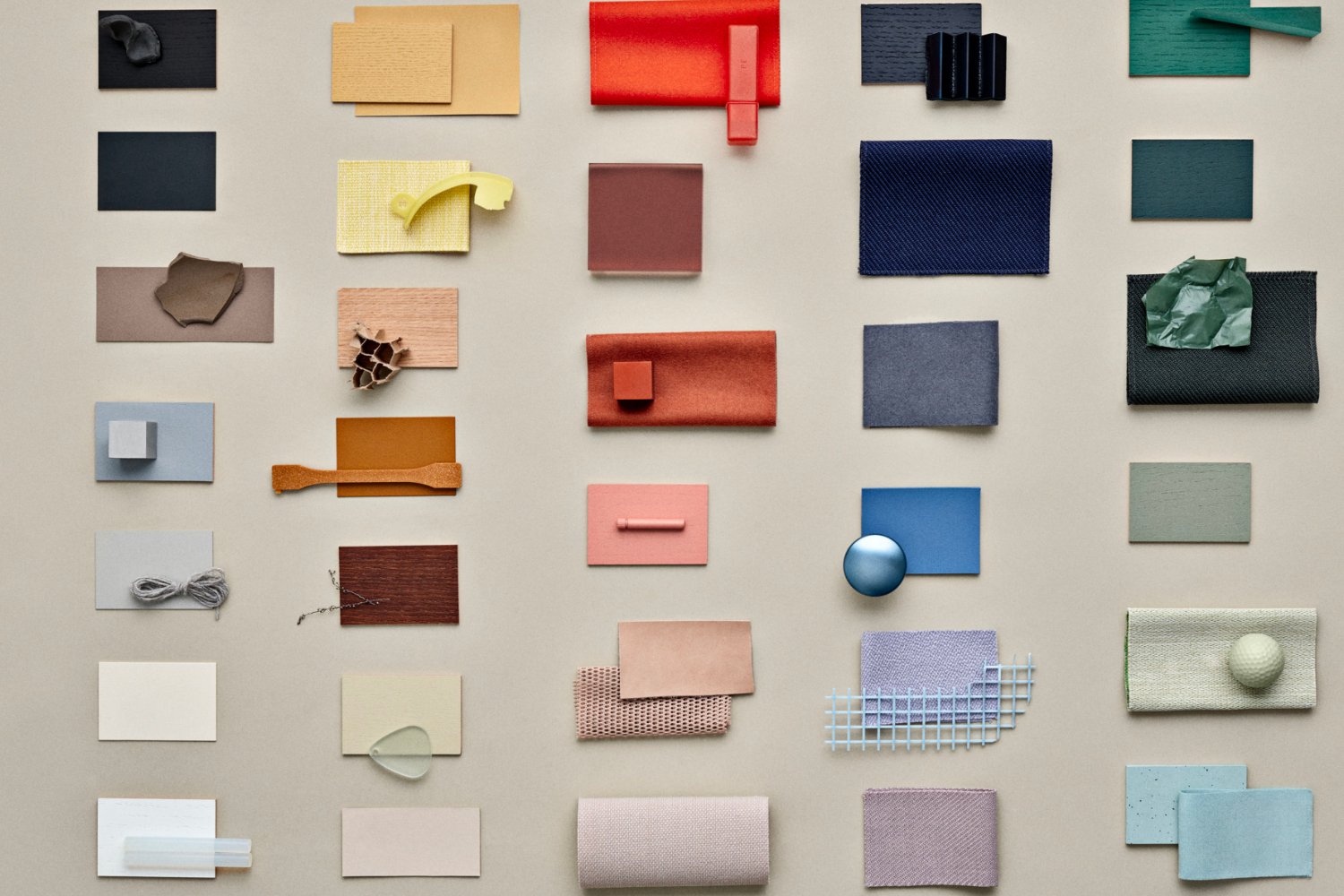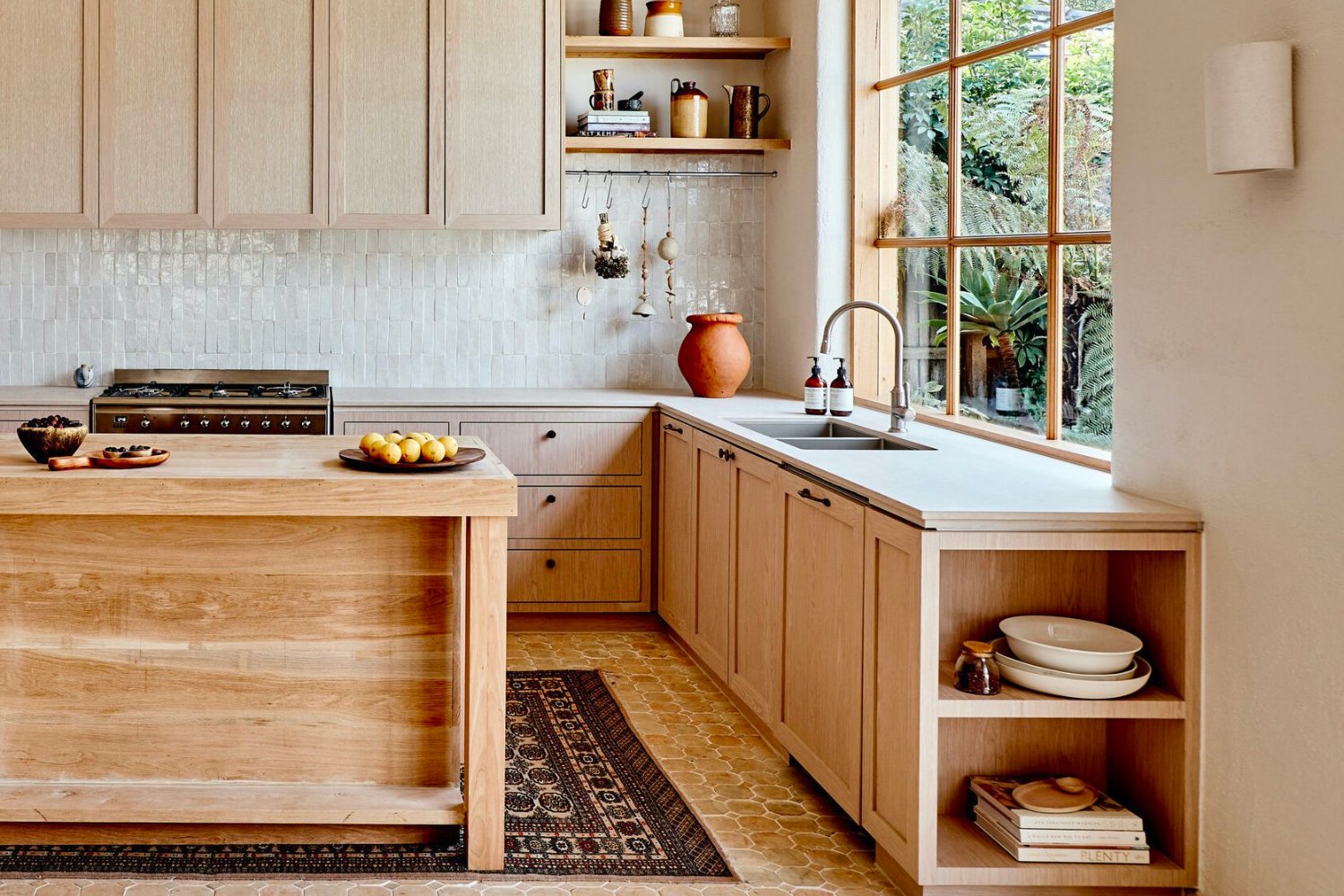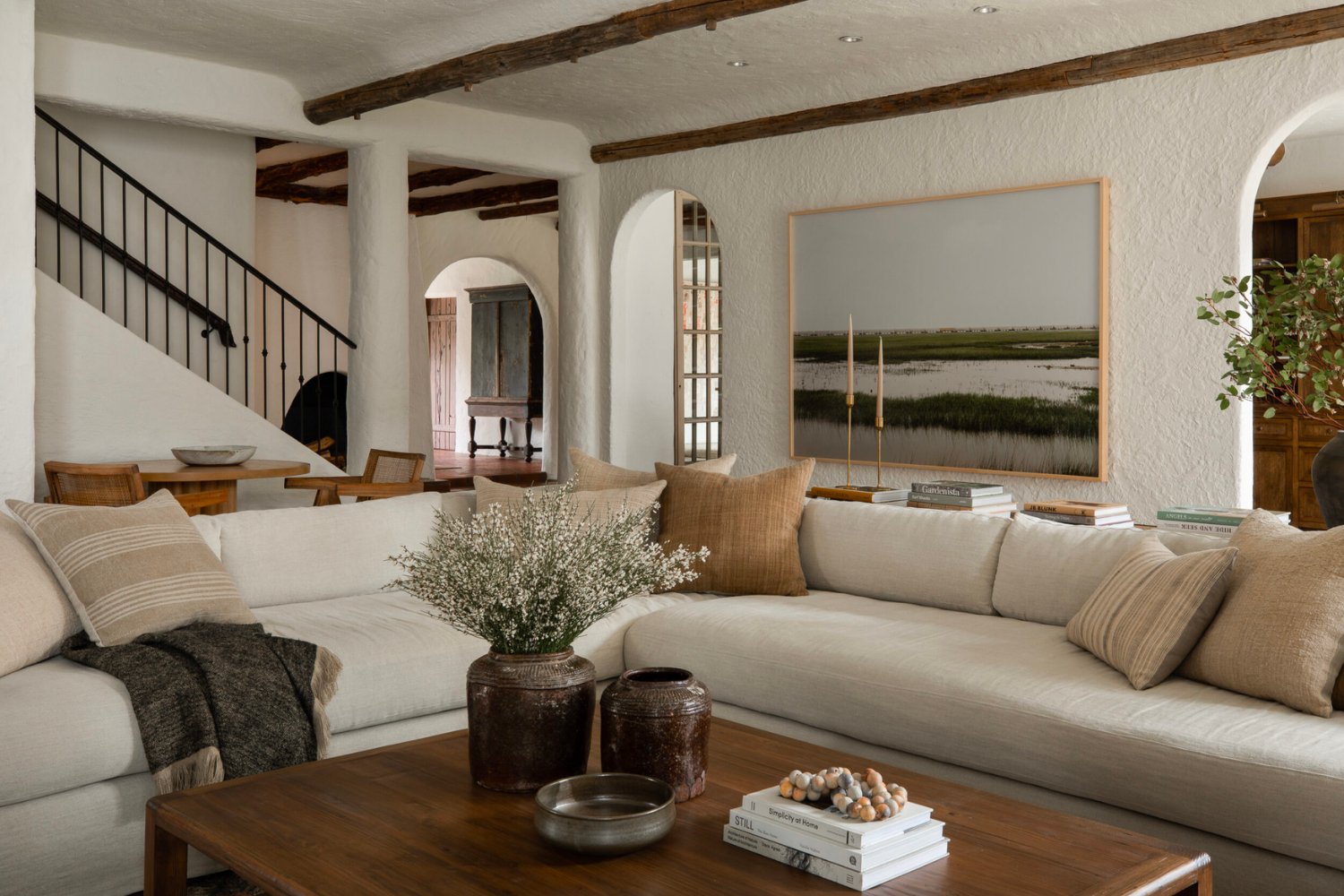The Science of Colour: How To Harness The Power of Hue and Brightness in Your Home
Colours have an incredible ability to impact our mood, behaviour, and emotions. They can evoke different feelings, inspire creativity, and even affect our physical well-being. With the right use of colour, you can create a space that is both aesthetically pleasing and conducive to your needs. In this blog post, we will explore the science of colour and how to harness the power of hue and brightness in your home.
The Science of Colour
Colour is a visual perception that arises from the interaction of light with our eyes and brain. Light is made up of different wavelengths, and each wavelength corresponds to a different colour. When light enters our eyes, it activates photoreceptor cells called rods and cones. Rods are responsible for detecting brightness, while cones are responsible for detecting colour.
Our brain processes this information and creates the perception of colour. Different colours have different wavelengths and frequencies, and they can affect our brainwaves and bodily functions in various ways. For example, blue light has been shown to increase alertness and enhance cognitive performance, while red light can stimulate the production of adrenaline and increase heart rate.
The Power of Hue and Brightness in Your Home
Now that we understand the science of colour, let's explore how to harness the power of hue and brightness in your home. Here are some tips to help you create a space that is both beautiful and functional:
Choose the Right Colours
The first step in harnessing the power of colour in your home is to choose the right colours. The colours you choose should reflect your personal style and preferences, as well as the function of the space. For example, if you want to create a calming bedroom, you might choose soft blues, greens, or greys. On the other hand, if you want to create an energetic home office, you might choose bright yellows or oranges.
Consider the Psychology of Colour
Different colours have different psychological effects on our mood and behaviour. For example, red is associated with passion, excitement, and energy, while blue is associated with calmness, relaxation, and tranquillity. Understanding the psychology of colour can help you create a space that supports your emotional and mental well-being.
Use Colour to Create Balance
Colour can also be used to create balance in a room. If a room feels too dark or too light, you can use colour to create a more balanced and harmonious space. For example, if a room has a lot of natural light, you might use darker colours to create contrast and balance. If a room feels too dark, you might use lighter colours to create a brighter and more cheerful space.
Use Colour to Define Space
Colour can also be used to define different spaces in your home. For example, you might use a different colour on one wall to create a focal point or to define a specific area of a room. You can also use colour to create a sense of flow and continuity throughout your home by using the same colour palette in different rooms.
Experiment with Different Shades and Textures
Finally, don't be afraid to experiment with different shades and textures of colour. The same colour can have a different effect depending on its brightness, saturation, and texture. For example, a light blue can create a calming effect, while a bright blue can create a more energising effect. Similarly, a matte finish can create a more sophisticated look, while a glossy finish can create a more playful and lively look.
Colour is a powerful tool that can be used to create a space that is both beautiful and functional. By understanding the science of colour and how to harness the power of hue and brightness, you can create a space that supports your emotional and mental well-being, enhances your creativity, and improves your overall quality of life. So go ahead and experiment with colour!


